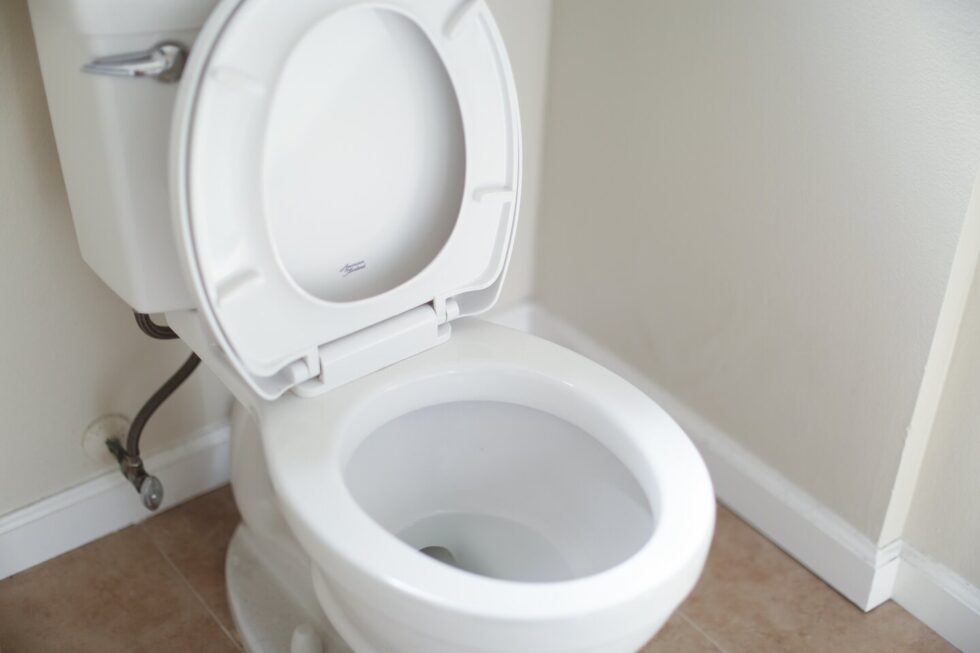One of the most annoying things a homeowner may come across is a running toilet. Unfortunately, it’s also a fairly common problem.
While it seems tempting to simply ignore it and get used to it, it pays to remember that a running toilet can become expensive. It can also drive up your utility costs and be painfully annoying to deal with in the long run. Considering this, putting in the time and effort to get to the root of the problem will surely be worth it.
If there’s something funny going on with your toilet, we’re here to help! Here are three troubleshooting steps you can take today to solve your toilet problem.
1. Check the Flapper and the Chain
If you have a running toilet, one of the first things you’ll want to look at is the flapper. This is the rubber or plastic cap preventing water from escaping your tank. Over time, this cap may have become hard or brittle, causing it to malfunction as a seal.
Here are some ways to check if your toilet flapper is still working efficiently:
- Check its consistency; it must be soft yet able to hold back the water in the tank.
- Check the chain attached to the flap and make sure it isn’t tangled or caught on something. Additionally, look for signs of rust. If you see signs of rusting, replace it immediately.
- Ensure that the flapper is sealed directly above your drain to avoid leaks.
- Look for mineral deposits accumulating on your flapper. If you see any buildup, you may clean it by soaking it in vinegar for 30 minutes. Then, scrub it to dislodge dirt and buildup using a brush.
2. Examine Your Toilet Float
Other than a malfunctioning flapper, a running toilet may also be caused by water-logged floats. The float is the mechanism that allows water to fill the tank while avoiding overflow. It is also called a ballcock.
When the float becomes water-logged, it will sit at a water level lower than the actual. This opens up the float valve—which normally opens only when the water level is low or when the tank is empty. This easily leads to overflow.
To determine if your float is indeed waterlogged, unscrew it and shake it. Replace it right away if you hear water sloshing around inside.
3. Replace Your Fill Valve
The fill valve is the part that is directly responsible for refilling your tank after flushing; controlling the water flowing into the tank.
However, if it is broken, it will no longer be able to fulfill its role properly. It can no longer shut off the water supply, causing your fill valve to leak or the toilet to continue running.
The good news is that fill valves are cheap and simple to replace. If yours start to malfunction, it’s best to have it replaced rather than trying to repair it.
Conclusion
Ignoring your running toilet will not make the problem go away. In reality, it may even worsen the issue and lead to more expensive costs. Fortunately, there are simple troubleshooting steps you can take today to get to the root of the problem and solve it. On top of that, don’t forget that you can turn to local plumbers to help you sort out your toilet mishap and whip it back into shape!
Do you require the expertise of best-rated plumbing companies in Woodstock? We’re the ones to call! At Plumb Medic, we offer top-notch toilet repair services including leak repair, toilet flange replacement, and toilet rebuilds. Contact us today at 470-768-8348 to schedule an appointment.


Recent Comments